Introduction
This repair guide will show you how to reseason and remove rust from your cast iron cookware. Cast iron pans and skillets are a joy to cook with, but maintaining them can be demanding and a failure to do so can lead to rusted and ruined cookware. Fortunately, cast iron is resilient and removing that rust is actually quite easy. The main trick to restoring any piece of cast iron cookware is actually properly re-seasoning it. Though there are many methods to accomplish this, our guide aims to present the process with the best blend of cost effectiveness and safety.
Tools
-
-
Thoroughly rinse the pan or skillet, then scrub it with steel wool and dish soap.
-
Continue to scrub until there is no remaining rust.
-
-
-
Dry the pan or skillet thoroughly. No moisture can remain when continuing onto the next step.
-
Optionally, the pan can be placed into an oven set to warm to dry it both quickly and thoroughly.
-
-
-
Coat the pan or skillet with vegetable oil.
-
Spread the oil evenly across the surface of the pan.
-
-
-
Place the oil coated pan or skillet face down onto the top rack of the oven.
-
Allow the pan or skillet to bake for 1 hour at 350 degrees Fahrenheit.
-
Once the hour is up, turn off the oven, but do not remove the pan yet. Allow the pan to cool down with the oven over the next 45 minutes.
-
-
-
Remove the pan from the oven. Then apply a final, and extremely light, coating of vegetable oil to help smooth over any irregularities.
-
The skillet is now completely restored, good as new. For the best results, reapply the last thin coat of vegetable oil after the next few uses of the cast iron pan or skillet.
6 comments
This to restore a Cast Iron that has not maintained. This has nothing to cleaning regularly.
For regularly clean I put water in it and heat to a boil, dump, and whip. I’m done.
I prefer ENAMEL ( https://en.wikipedia.org/wiki/Industrial... ) coated iron cookware
MEX -
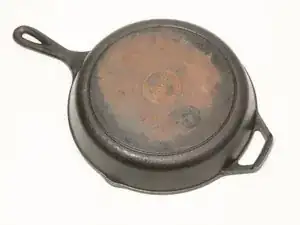
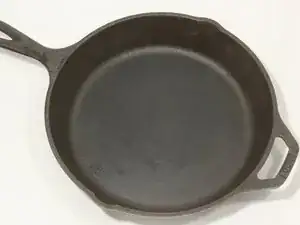
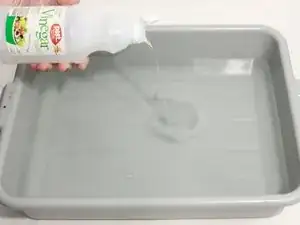
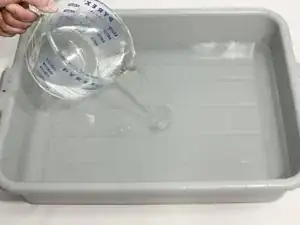
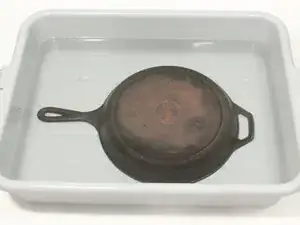


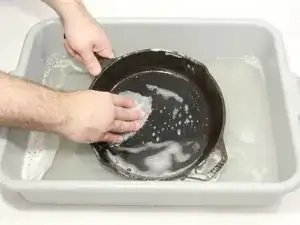
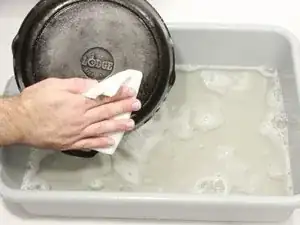
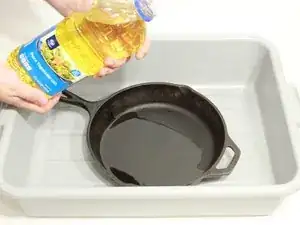

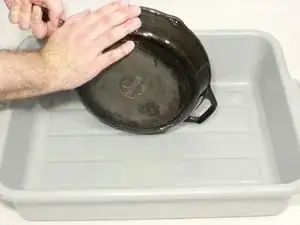
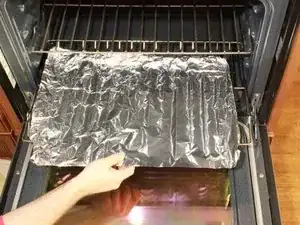
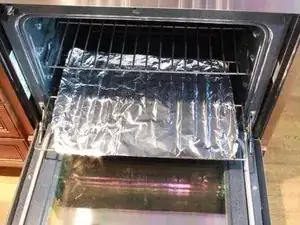
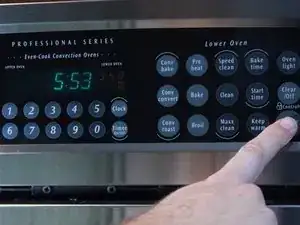
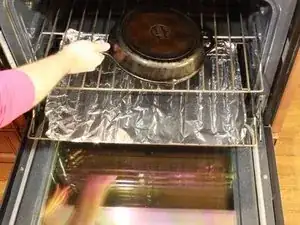
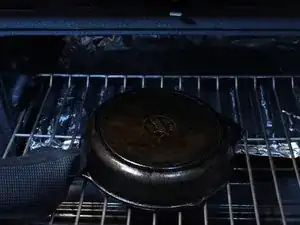
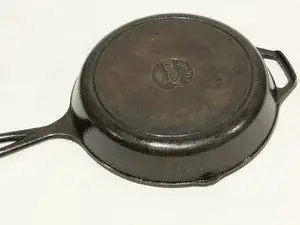
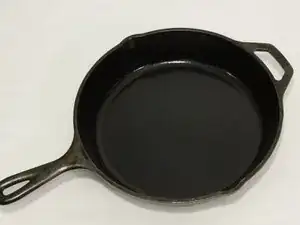
Sometimes rust isn’t the crucial problem, but years of accumulated gunk. I picked up a pan at a yard sale that had a thick coating of cooked-on oil, etc., everywhere but the cooking surface. The first thing I did was put the pan in the oven and turned on the self-clean cycle, which raised the temperature high enough to oxidize all that stuff off. It stunk to high heaven, but since it was summer I just opened all the windows and went outside and read for a few hours.
A friend in the restaurant biz later told me they deal with that problem all the time, and just put the pan on a high-temp gas burner and let it get absurdly hot (not quite red hot), with the ventilation on high. That might be preferable to using an oven’s cleaning cycle. Dunno.
After that, you’ve probably got a rust-free pan, and if so you can jump to Step 4.
Richard -